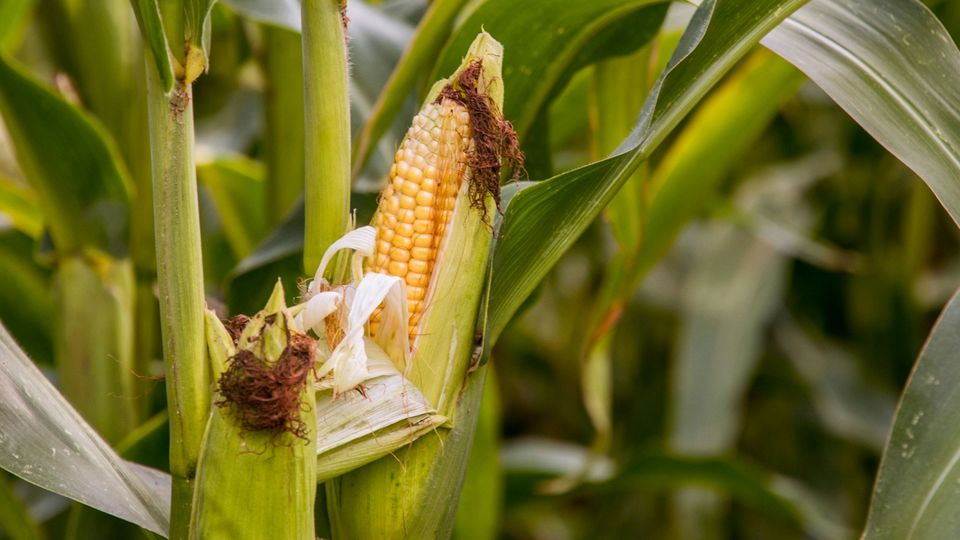Corn Genome's Collective Power Against Multiple Pathogens
Experimental corn lines with resistance to four pathogens have been developed.

Complete the form below to unlock access to ALL audio articles.
In a changing climate, corn growers need to be ready for anything, including new and shifting disease dynamics. Because it’s impossible to predict which damaging disease will pop up in a given year, corn with resistance to multiple diseases would be a huge win for growers. Now, University of Illinois Urbana-Champaign researchers are moving the industry closer to that goal.
Goss’s wilt, a bacterial disease, and fungal diseases gray leaf spot, northern corn leaf blight, and southern corn leaf blight are important to growers across the Midwestern U.S. and, in some cases, globally. The study, published in G3 Genes|Genomes|Genetics, reveals genomic regions associated with resistance to all four diseases.
“We not only found regions of the genome conferring resistance to each disease, but also identified a handful of experimental corn lines that were resistant to all of them. These findings should help the industry develop materials with resistance to multiple diseases at once,” said Tiffany Jamann, senior author of the new study and associate professor in the Department of Crop Sciences, part of the College of Agricultural, Consumer and Environmental Sciences (ACES) at U. of I.
Want more breaking news?
Subscribe to Technology Networks’ daily newsletter, delivering breaking science news straight to your inbox every day.
Subscribe for FREEStill, identifying important regions is helpful, as disease resistance rarely comes down to a single gene. In fact, the additive or quantitative power of multiple genes working together can mean more durable resistance. There’s a backup if a pathogen finds a way around a given resistance mechanism. Interestingly, this durability may even work against different groups of pathogens.
“We found 19 regions associated with resistance to the bacterial disease Goss’s wilt. Several of those regions are also involved with resistance to fungal pathogens,” Jamann said. “Thus, it is possible to breed for resistance to several diseases at one time using the same genetic regions.”
Fungi and bacteria are very different biologically, but both have to find ways to get into the plant, travel throughout, and reproduce. Jamann says it’s possible that resistance genes trigger changes in the plant’s vasculature to make it harder for both kinds of pathogens to move around, but she still can’t say exactly how the genes help plants protect themselves. She’s working on it, though, thanks to a 2022 grant from the National Science Foundation.
Although the team identified three corn lines with resistance to all four diseases, it will be a while before growers can purchase seed for multiple-resistant corn as a result of this work. First, Jamann’s team will fine-map the regions highlighted in this study to find any major-effect genes, then pass that information off to breeders who can develop hardy new hybrids. Still, Jamann says, multiple resistance is on its way.
Reference: Qui Y, Adhikari P, Balint-Kurti P, Jamann T. Identification of loci conferring resistance to 4 foliar diseases of maize. Genes Genom Genet. 2024. doi: 10.1093/g3journal/jkad275
This article has been republished from the following materials. Note: material may have been edited for length and content. For further information, please contact the cited source.

